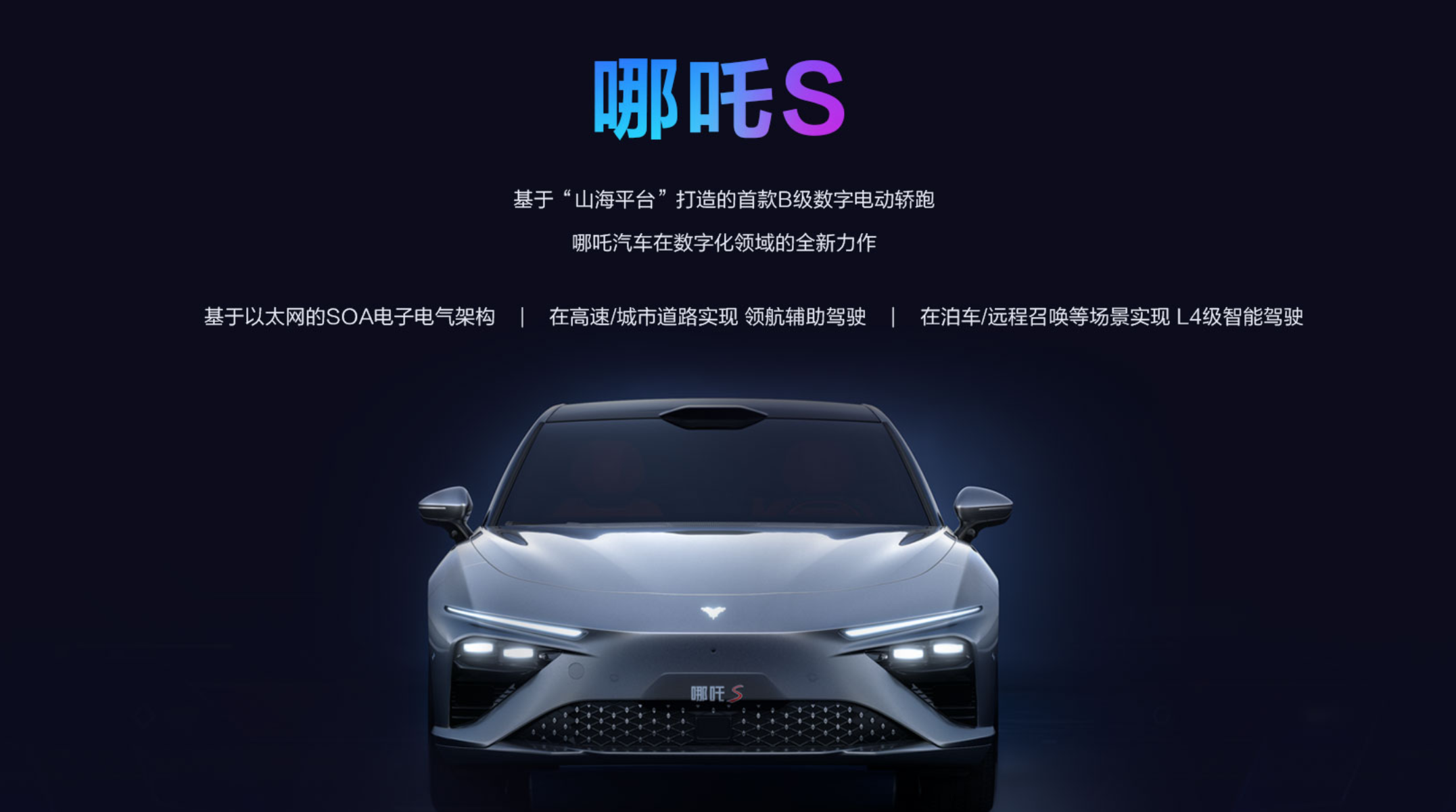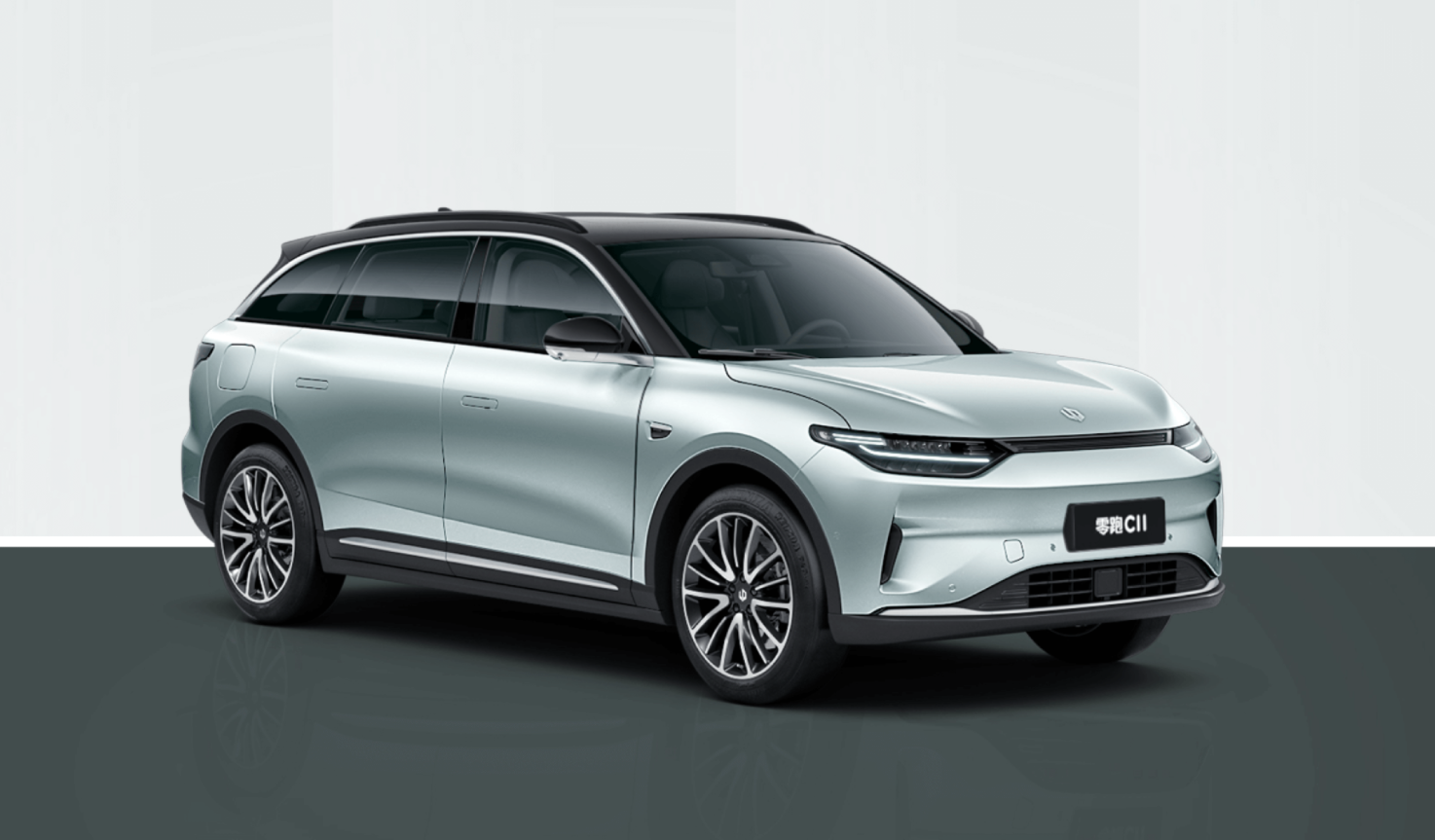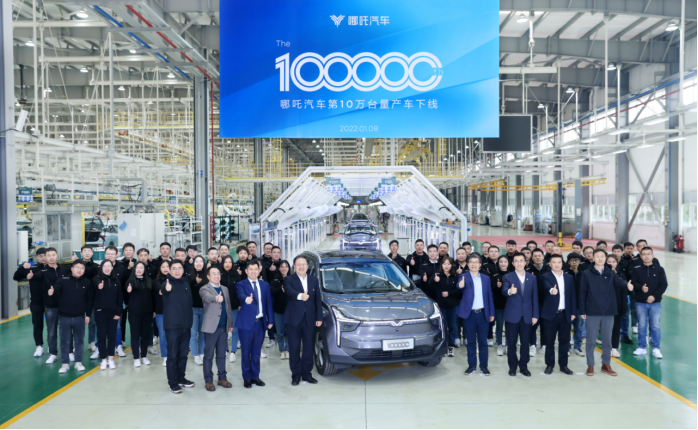On January 8, 2022, NIO’s subsidiary, Li Auto, announced with great fanfare that its 100,000th production car had rolled off the assembly line. The milestone event was attended by leaders such as Chinese Academy of Sciences academician Ouyang Minghao and Wang Tao, Deputy Secretary of the Jiaxing Municipal Party Committee.
At the event, Chairman Fang Yunzhou expressed gratitude to all sectors of society for their support of Li Auto and stated that the production of the 100,000th car marked a milestone for Li Auto – which was only the beginning of something even greater.
Li Auto achieved the feat of producing 100,000 cars in just 42 months, from the first car to the 100,000th car. As a second-tier brand in the domestic new energy vehicle market, Li Auto has not been able to generate the same level of buzz as the likes of Tesla and NIO. However, the recent sales figures for Li Auto have been impressive. In 2021, Li Auto released the Li Xiang One Pro and the Li Xiang Five Pro, both of which became popular in their respective segments.
The Li Xiang One Pro saw orders for over 5,000 units in a single month, while the Li Xiang Five Pro received orders for over 10,000 units in a single month. Li Auto’s total deliveries for 2021 reached 69,674 units, with November and December both achieving monthly deliveries of over 10,000 vehicles. The year-on-year growth rate was 362%, putting Li Auto in a leading position among second-tier brands, ahead of brands such as WM Motor and Leapmotor, which sold 44,157 and 43,121 units respectively in 2021.
Behind these impressive sales figures is Li Auto’s rapidly expanding sales network. As of the end of December 2021, Li Auto had more than 330 channels nationwide, including 70 direct sales stores and 261 city partners’ franchise stores. Compared to top-tier brands that insist only on direct sales, the dealer model has helped Li Auto quickly establish a broad sales network covering second- and third-tier cities.
At the same time, Li Auto’s charging services have expanded to 150 cities, with a total of 1,637 free charging stations and 19,663 DC charging piles built.
In the lower-tier market of second- and third-tier cities, consumers are more sensitive to the price of electric vehicles. With product prices ranging from 60,000 to 120,000 yuan and a well-established dealer network, Li Auto has found its niche in this market. Li Auto co-founder and CEO Zhang Yong once said in an interview that “We are grassroots, starting from the sinking market, and we specialize in cost-effective products,” while “Wei Xiaoli was born with a golden key and started in the central market.”
But in the second half of 2021, the pattern where first-tier brands focus on first-tier cities and second and third-tier brands focus on the sinking market has been broken, with the top four brands seeking sales growth outside first-tier cities. Second-tier and lower cities such as Yancheng, Huzhou, and Shanwei have appeared in the latest Tesla experience centers. NIO and XPeng have also expanded their stores to Liuzhou, Suqian, Kaifeng, and Zhoushan.
If it’s just a coincidence in business scope, it’s not a big deal, after all, the product prices of the first and second-tier brands almost never overlap. However, NETA Auto’s NETA S, the first high-end model under the brand, launched in September with an expected selling price close to 200,000 yuan, and the high-end version may be priced above 200,000 yuan, which has already touched the price range of XPeng’s best-selling model P7.

So far, according to the disclosed information, the zero-to-hundred-kilometer acceleration time of the NETA S is a minimum of 3.9 seconds, with extended-range and pure-electric power options available. Among them, the extended-range version has a maximum range of 1,100 km and the pure-electric version has a maximum range of 800 km. Additionally, NETA S also utilizes Huawei’s MDC computing platform with a 200T high computing power, and the car is equipped with two lidars, five millimeter-wave radars, twelve ultrasonic radars, thirteen cameras, high-precision positioning units, and high-precision maps, allowing for navigation-assisted driving on high-speed and urban roads, as well as L4-level intelligent driving in some scenes such as parking and remote summoning. Pre-sale is set to start in the first quarter of 2022, with mass production scheduled for the third quarter.
In other words, in 2022, NETA Auto will directly compete with head brands. Based on current information, NETA S is not inferior to any other competitor at a technical level. We’ve already seen a similar scenario with NIO’s EC6.

Prior to the launch of the LI C11, LI’s two products were both entry-level A-class small cars. The release of the C11 directly raised the upper price limit of LI products to the 200,000 yuan price range. Additionally, the performance version of LI C11 boasts a selling price of 199,800 yuan, a 4.8-second zero-to-hundred-kilometer acceleration, and 550km of NEDC range, touting a half-price Model Y model to try to compete for potential customers of head brands. The success of LI C11 also proves that as long as the product is strong enough, there are many consumers willing to buy high-priced products from second-tier brands.After achieving the milestone of 100,000 units, NIO set new production targets of 300,000 and 500,000 units. However, achieving sales several times higher will be difficult to accomplish solely through low-priced products. This also means that NIO must enter more price ranges and challenge high-end brands. In addition to the product itself and capacity guarantee, consumers will also demand higher requirements for NIO’s user service. Can the dealer model that helped NIO in the early stages of development withstand the test of high-priced, high-quality service?
This article is a translation by ChatGPT of a Chinese report from 42HOW. If you have any questions about it, please email bd@42how.com.
